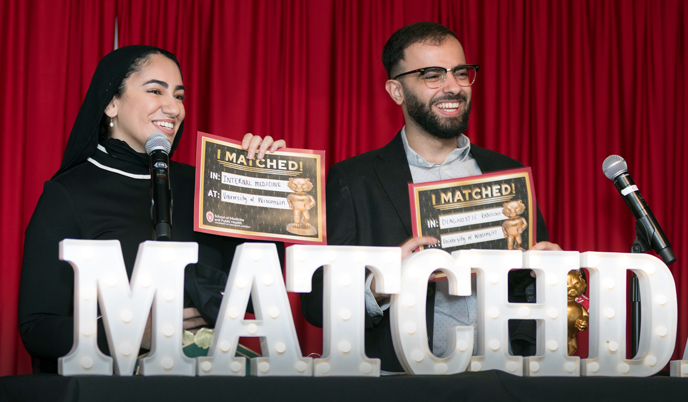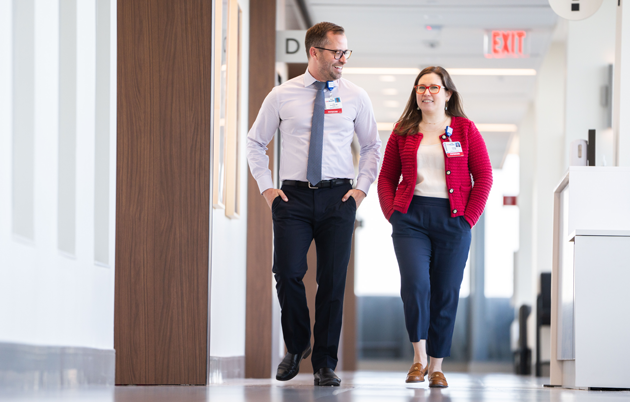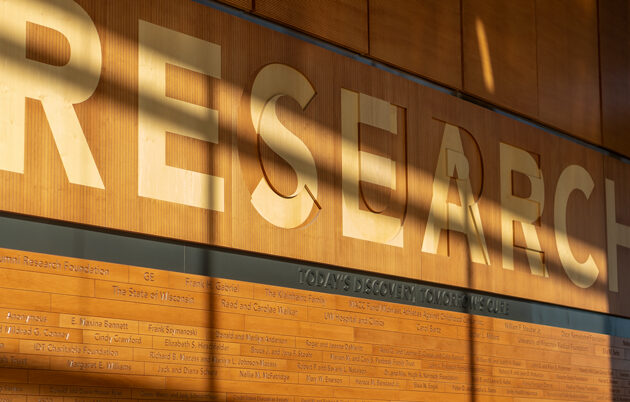McIntosh is fond of saying “it takes a village” to assist medical students, and that village can include faculty advisors, educators, letter writers, and mentors throughout SMPH and its Statewide Academic Campus. Beyond the school, it includes residency program directors.
“The level of complexity might shock some of our alumni,” says Sara Brask, MS, director of career advising at SMPH.
The Association of American Medical College’s (AAMC) Electronic Residency Application Service® (ERAS®) is just one of four residency application platforms and three matching platforms used by various specialties around the United States. Each specialty may use a different application system, and the list of systems is continually evolving.
From Scramble to SOAP
What many SMPH alumni may know as the match “scramble” was replaced in 2011 with the Supplemental Offer and Acceptance Program (SOAP)®. The latter is an electronic, systematic process for unmatched and partially matched applicants to submit new applications, and to interview and receive offers in several rounds. At SMPH, the intensive, four-day SOAP process offers a great deal of support.
“Not every medical school does [SOAP] the way we do. We have boots on the ground ready to give students one-on-one assistance with making quick decisions and prepping applications,” explains Brask. “It is stressful for students, but it is a beautiful week. It is so great to see everyone come together to support these students. The SOAP process allows students to continue following their dreams.”
For SMPH medical students, dreams most often become reality. In 2025, 99.4 percent of graduating students matched. Initial matches and those made through the SOAP process are announced on Match Day, so the entire medical school class celebrates at the same time.



